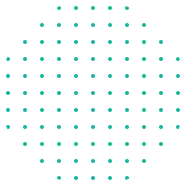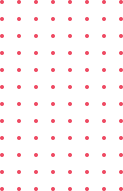How to Choose a Programming Language to Learn?
How to Decide Which Programming Language to Start With
Programming allows you to instruct your computer to perform tasks. These instructions are written in a language the computer understands. When a programmer expresses these tasks correctly, the machine executes the tasks quickly and efficiently. There are a variety of options when it comes to programming languages.
This blog has broken down five programming languages that are best for beginners so that you can decide which to learn first. In addition, take your programming goals into account, as different languages are used for different types of tasks. Goals may range from building web pages, to apps, to video games, and even software. Another way to refine your programming goals is to consider the jobs you might want in the future.
Python: Python is widely agreed to be the most beginner-friendly programming language because it’s simple to read and understand. It also has a wide variety of uses, making it a versatile option for those who want to learn more than one practical programming application. Python covers everything from machine learning and AI, to web app and game development, to server automation and data science, and many others.
HTML/CSS: If you are interested in web design, these two languages go hand in hand. HTML (Hypertext Markup Language) provides the scaffolding and structure to the site by controlling the links, text, forms, and content, while CSS (Cascading Style Sheets) decides the visuals or presentation of the site. Although these two programming languages are independent of each other, they complement each other and it’s ideal to learn them together. Their simplicity and logical rules allow understanding without a complex technical background. We recommend these programming languages because they are a fundamental part of web development and the Internet itself. This makes them a great starting point for anyone, as these skills transfer to many different careers, not just those in tech. Check out our blog, A Basic Introduction to HTML, to get started.
JavaScript: After learning HTML and CSS, JavaScript is the logical next step. It provides scripting language for web pages and covers behavior- things like animated graphics, slideshows, and interactive forms that make a web page dynamic. If you want to work in web development, JavaScript is the programming language to learn. Find out more by reading this Cheat Sheet of JavaScript Fundamentals.
Ruby: Like Python, Ruby can be used to examine data. It is mainly used for building web applications though. One reason it is great for beginners is because the community is very helpful and provides many excellent free resources. Ruby is a dynamic, object-oriented programming language. It is easy to understand because it is geared towards the people writing the code instead of the machine interpreting the instructions. This is many programmers’ favorite language because it is so enjoyable and “human-friendly.” Codecademy has a useful Ruby Tutorial for beginners.
Java: This is another uncomplicated programming language to learn. It is straightforward and versatile, although there are some more complex concepts you will need to pick up. Java is in high demand, so we recommend it for career-oriented beginners. If you are interested in app or software development, Java may be the programming language for you. It makes an ideal foundation, as everything you learn is transferable to other programming languages. Find out more about the basics of Java by reading our blog.
We hope you feel better prepared to begin your programming journey. Weigh your interests, career goals, and personal strengths when choosing which language to start with.
About the author: Sheri Holshouser is a marketing manager based in Dallas, Texas. In her free time, she likes to read science fiction novels and play with her pug Chloe. Learn more about her professional qualifications on LinkedIn.












